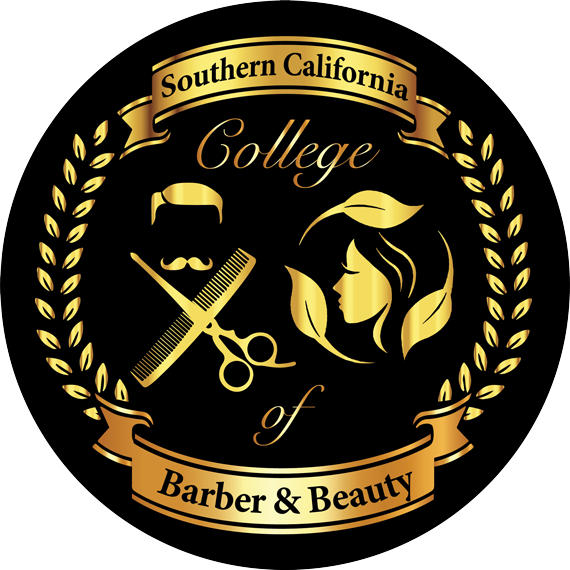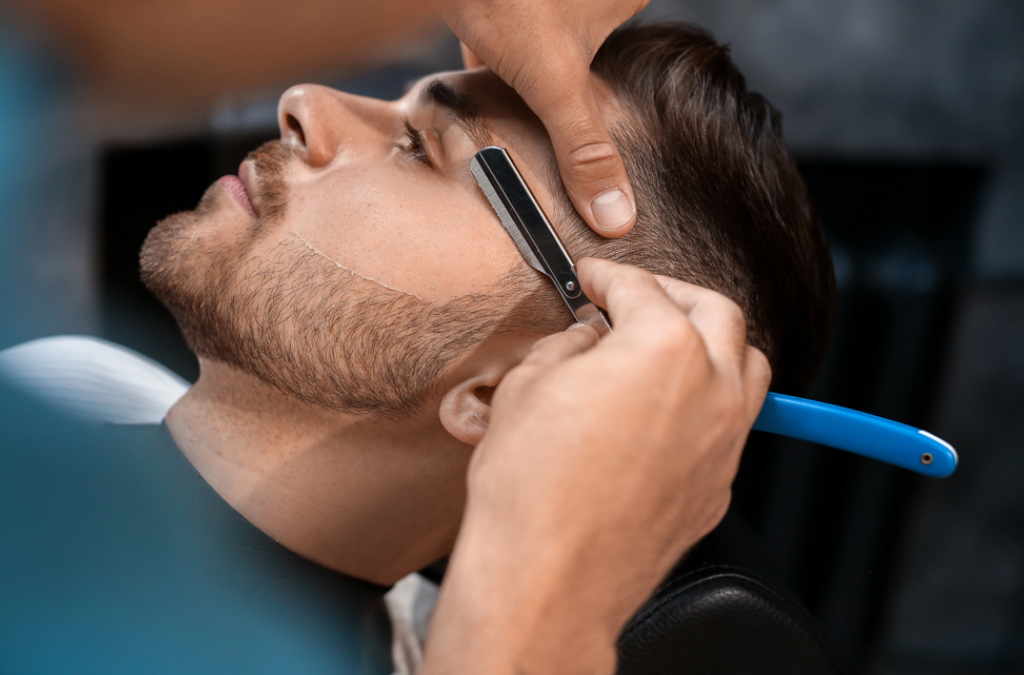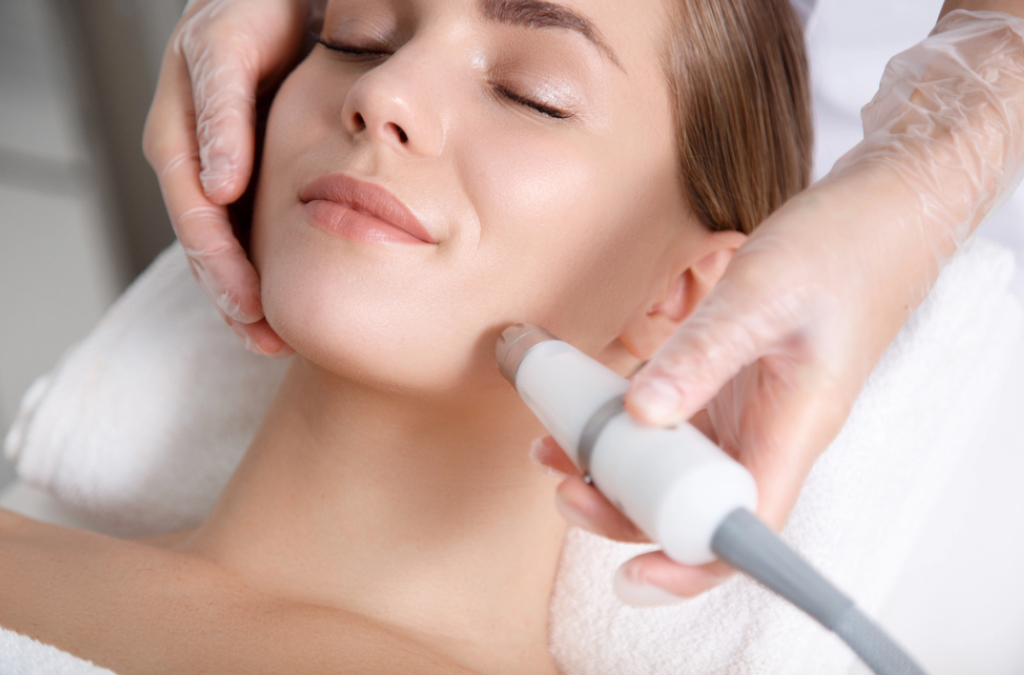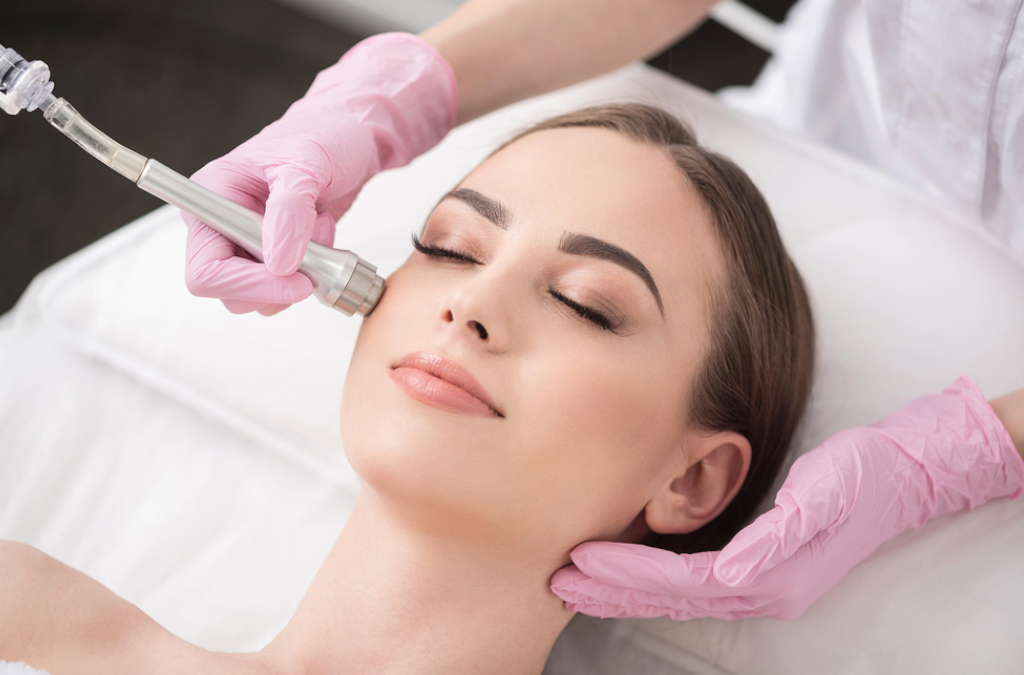Acne affects millions of individuals every year, and for many, it can be a source of frustration and self-consciousness. While some seek medical solutions, many turn to an esthetician for acne treatment. Estheticians, as licensed skincare professionals, are trained to help clients manage acne with various non-medical treatments. However, their role differs significantly from that of a dermatologist.
It is important to understand the types of treatments that estheticians can provide and the limits of their expertise when managing acne.
Understanding the Role of an Esthetician in Acne Treatment
When someone struggles with acne, they might think their only option is to see a dermatologist. However, a licensed esthetician can be an important part of the acne treatment process. Estheticians focus on skincare and can provide treatments that help manage acne, especially mild to moderate cases. They are not licensed to prescribe medication or treat severe acne, such as cystic acne, but they can offer significant help in treating the skin’s surface and preventing future breakouts.
The primary difference between estheticians and dermatologists is their scope of practice. A dermatologist is a medical doctor who specializes in diagnosing and treating skin conditions, including severe acne that require prescription treatments. An esthetician, on the other hand, is trained to offer non-medical services, such as facials, exfoliation, and deep cleansing, that can alleviate mild acne and prevent it from worsening.
How an Esthetician for Acne Can Help
An esthetician for acne can provide essential treatments and guidance to help manage breakouts, reduce inflammation, and improve skin health. Through specialized facials and personalized skincare routines, they address the root causes of acne while promoting clearer, healthier skin.
Facial Treatments
Facials are one of the most common treatments an esthetician offers to help with acne. A deep cleansing facial is designed to remove dirt, oil, and impurities that can clog pores and lead to breakouts. The facial typically includes exfoliation, steam, and extractions—techniques that clear out pore blockages and allow for healthier skin.
During a facial, an esthetician will first cleanse the skin, removing surface-level dirt and excess oil. After that, gentle exfoliation is performed to remove dead skin cells that can contribute to clogged pores. Many estheticians use steam to help open the pores, making extractions easier and more effective. Extractions are a key part of acne facials, as they remove non-inflamed blockages that might otherwise turn into pimples or blackheads.
Extractions
While extractions might sound aggressive, they are a vital part of acne treatment. An esthetician is trained to safely extract blackheads and whiteheads from the skin. These extractions are designed to remove material from pores that may cause inflammation and breakouts if left unchecked. It is important to note that estheticians are not permitted to perform extractions on infected or cystic acne, as this requires more advanced medical care.
Custom Skincare Consultation
One of the most significant benefits of seeing an esthetician is the personalized skincare consultation. An esthetician can help identify your skin type and recommend the right skincare routine to manage and prevent acne. This consultation may include advice on what products to use, how often to cleanse, and lifestyle changes that may improve your skin’s health.
Non-Invasive Procedures
Some licensed estheticians are trained in advanced skincare techniques, such as microdermabrasion or light chemical peels, that can help reduce acne scars and prevent future breakouts. Microdermabrasion is a technique that uses tiny exfoliating crystals to remove the outermost layer of dead skin, while chemical peels use mild acids to exfoliate the skin and encourage new, healthy skin growth. Both treatments are non-invasive and can help improve the appearance of acne-prone skin over time.
When Should You See a Dermatologist for Acne?
While estheticians are highly skilled in treating mild to moderate acne, there are times when you should seek help from a dermatologist. Dermatologists specialize in diagnosing and treating more severe forms of acne, such as cystic acne, and they can prescribe medication or stronger treatments to manage these conditions.
If you have severe acne that is painful, inflamed, or causing scarring, it is best to see a dermatologist. They can offer treatments such as prescription-strength topical creams, oral medications, or more aggressive therapies like laser treatments or chemical peels. These treatments are typically not available through estheticians and may be necessary for long-term acne management.
However, if your acne is mild or you are looking for non-medical treatment options, an esthetician can be an excellent choice for managing breakouts and improving your skin’s overall appearance.
How to Become a Licensed Esthetician
To become an esthetician, one must complete formal education and training in skincare. Most states require a minimum of 600 hours of training, although some may require more. During this time, students learn about skin anatomy, basic skin care techniques, product knowledge, and various treatments such as facials and extractions.
After completing their training, aspiring estheticians must pass a licensing exam to become certified in their state. For those interested in expanding their expertise, additional certifications or training in medical aesthetics can be pursued. Medical aesthetics focuses on more advanced skincare techniques, such as chemical peels and microdermabrasion, that may be beneficial for those treating acne or other skin concerns.
Professional Development and the Role of Ongoing Education
As with many beauty professions, continuing education is crucial for estheticians who wish to stay updated on the latest skincare trends and technologies. New treatments and products are regularly developed, and estheticians need to keep learning to provide the best care for their clients.
Estheticians can pursue additional training in specialized fields like acne treatment, anti-aging skincare, or medical aesthetics. For instance, becoming a medical aesthetician can open the door to advanced treatments that require more intensive training and may allow you to treat a wider range of skin conditions, including acne.
How Southern California College of Barber & Beauty Can Help
Southern California College of Barber & Beauty offers a comprehensive esthetician program that equips students with the skills and knowledge necessary to become licensed skincare professionals. Our curriculum includes everything from basic facials to advanced techniques like chemical peels and microdermabrasion. With hands-on training and expert instructors, we prepare students to confidently enter the workforce, ready to help clients manage their acne and other skincare concerns.
To learn more about how you can start your career as an esthetician and help clients with acne treatment, contact us today at (442) 277-5847 or [email protected].




